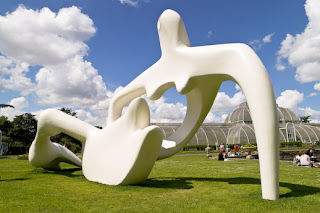To gain more insight into the sculpting profession I visited a company called Design Works. Design Works is a company that works with many different clients on an array of projects, ranging from product design, concept development, modelmaking and sculpting. The business has studios in London and Australia and a mass production unit in Hong Kong.
During the visit to Design Works my questions were focused towards the sculpting side of the business. The company is employed by production and advertising companies to make toys and figurines for Harry Potter, Doctor Who and other well known characters in the television and film industry. They also work with clients who want prototype toys sculpted.
At Design Works it is estimated that it should take a professional sculptor around 5 days to finish hand sculpting a likeness for a toy figure. Not everything is hand sculpted though. Depending on the budget and the time factor 3D scanners can be used to get a turnaround of an actors head. This can then be worked on in a program called Freeform which is a computer sculpting program which uses a haptic arm so that the user is sculpting on the screen but can feel the virtual clay using the stylus.
With the digital sculpting side to modelling it also means that a master copy is 3D printed. This is done using a photo polymer wax which then goes through a UV oven. A prototype is always made in England which then has to be signed off by the actor and or advertising company. The digital version and physical model, gets sent over to Hong Kong for mass production, where they put in the joints for it to move. Of course the sculptors and designers have to think about the manufacture when then are doing their job. You cannot make changes to a sculpt without knowing how it will be made. Hundreds and thousands of pounds go into getting a toy through mass production efficiently so that It can be sold for £7.99. It takes 9 to 12 months to get a figure in to store and on the shelf.

















































